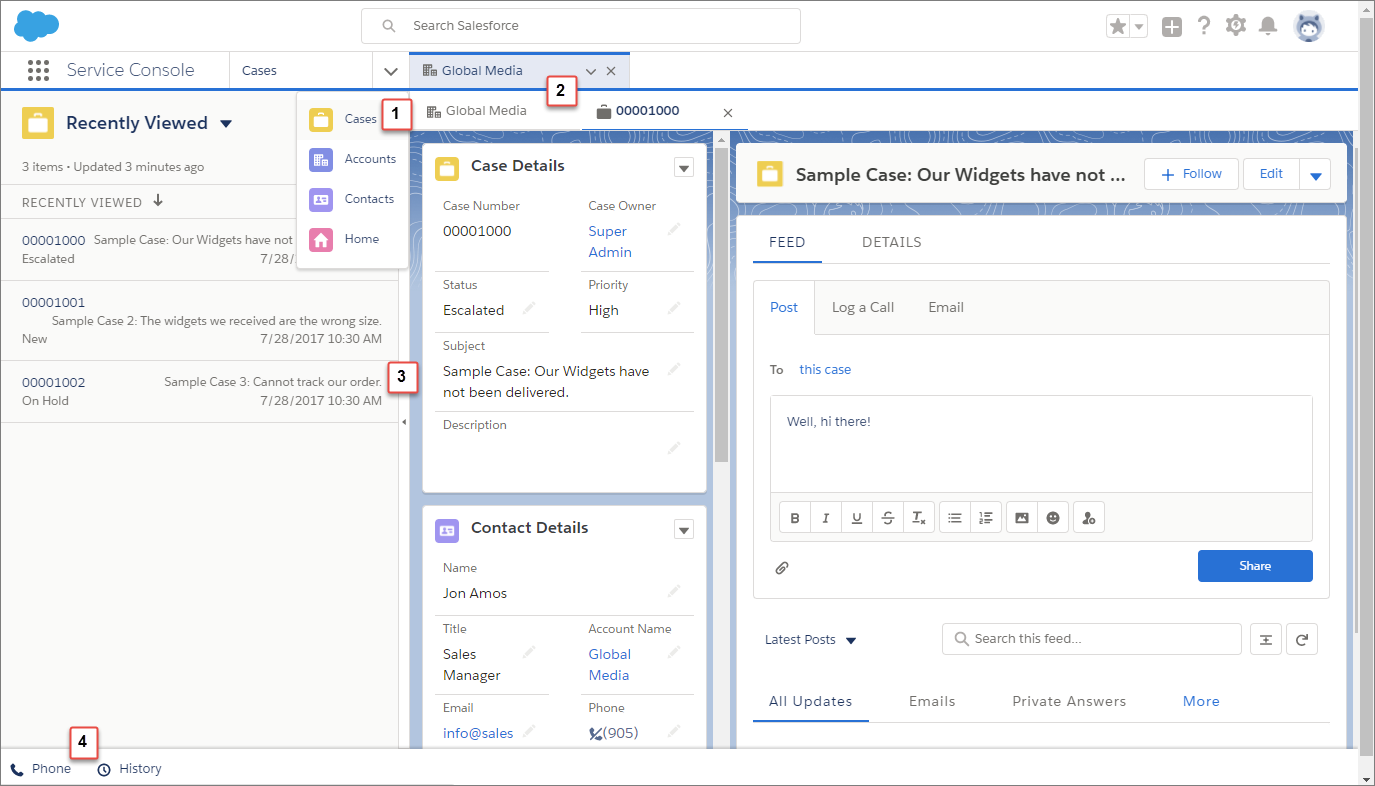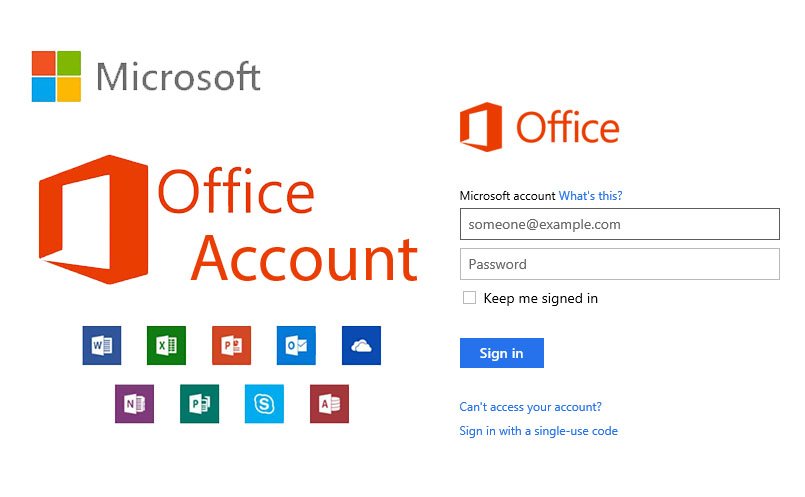
Set-MsolDomainFederationSettings command, using the same parameters listed in the table above. Note: If your domain is already federated and you need to change federation to Google, run the Get-MSolDomainFederationSettings -DomainName | Format-List * Your Microsoft account dashboard is where you manage your Microsoft account and any Microsoft products associated with this account. (Optional) To test federation settings, use the following PowerShell command:.Refer to the Microsoft PowerShell documentation for specific instructions.

MICROSOFT OFFICE ACCOUNT MANAGEMENT CONSOLE UPDATE
For instructions see add a new custom attribute and update a user profile. Create a custom attribute in Google, then populate each user’s profile with their Office 365 ImmutableID.$exportUsers = Get-MsolUser -All | Select-Object UserprincipalName, ImmutableID | Export-Csv C:\csvfile For example, to retrieve ImmutableID for all users and export to a CSV file: Use PowerShell to retrieve the ImmutableID from Azure AD.If users were created via Azure Active Directory sync, ImmutableID is an encoded version of the Active Directory objectGUID.Refer to the PowerShell documentation for specific instructions. Set-MsolUser -UserPrincipalName -ImmutableId can also use Set-MsolUser to bulk update all users.

For these users, use the PowerShell Set-MsolUser command to set the ImmutableID in Office 365 to match the user’s UPN:

If you set up Google to autoprovision users, you don’t have to configure ImmutableID, it is mapped by default to the user’s email address (the User Principle Name or UPN). Office 365 uses the ImmutableID attribute to uniquely identify users. For SSO between Google and Office 365 to work, each Office 365 user must have an ImmutableId, and the SAML Name ID attribute sent to Office 365 during SSO must be the same as the ImmutableId.Īn Office 365 user’s ImmutableID varies according to how the user is created.


 0 kommentar(er)
0 kommentar(er)
